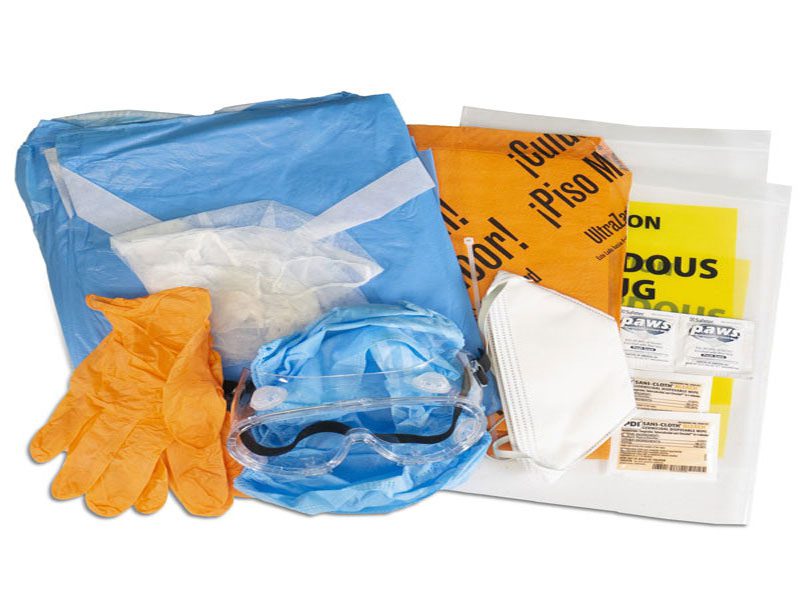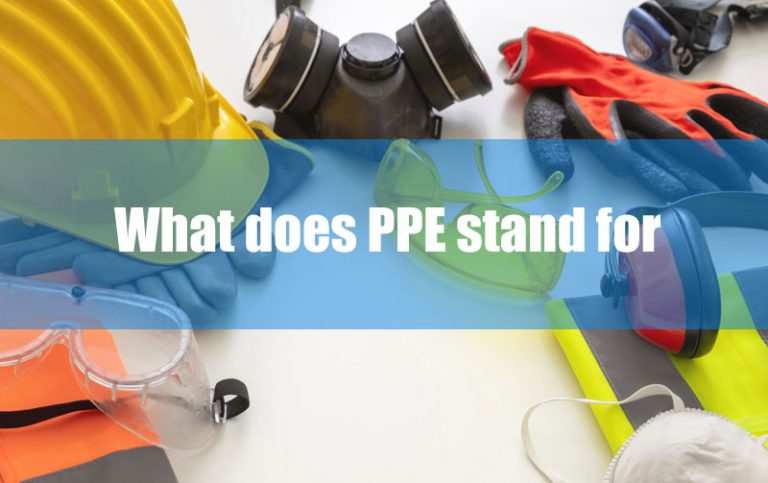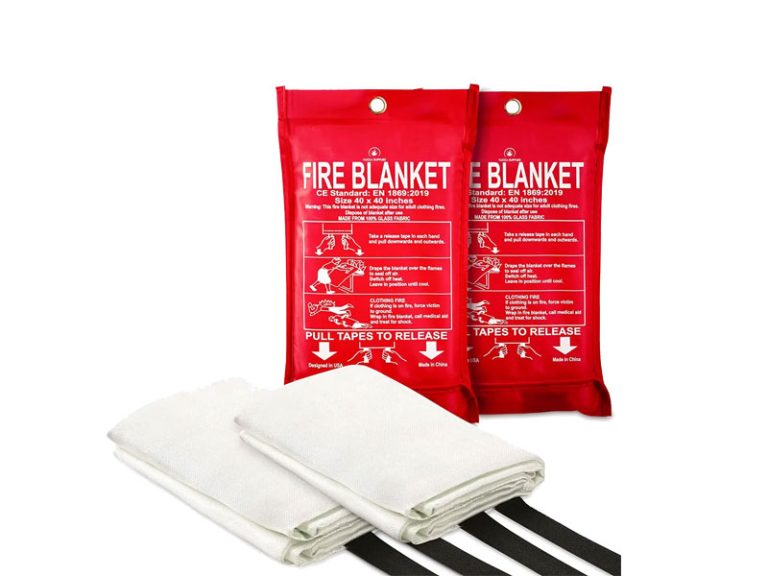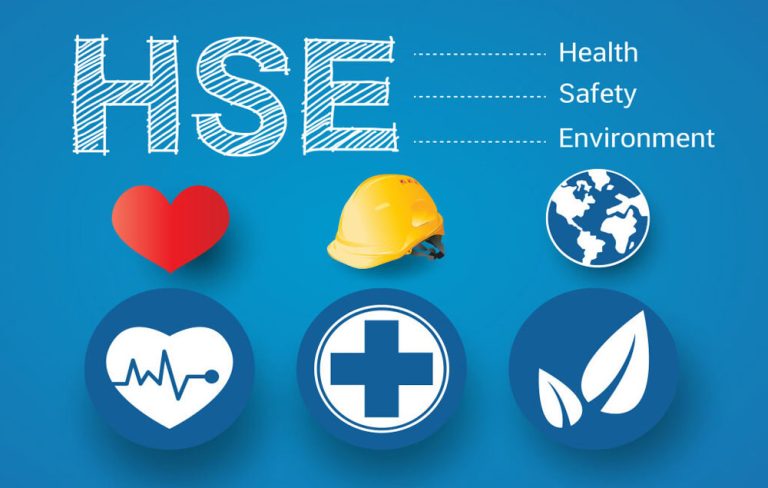Personal Protective Equipment (PPE) is any safety clothing or equipment that is used to protect people from hazardous substances, radiation, extreme temperatures, respiratory protection, and other hazards.
PPE stands for personal protective equipment. It is any clothing or equipment worn by workers to protect themselves from safety hazards in the workplace. According to the Occupational Safety and Health Administration (OSHA), PPE is “equipment designed to protect workers from serious workplace injuries or illnesses resulting from contact with chemical, radiological, physical, electrical, mechanical, or other workplace hazards.”
Table of Contents
What is PPE?

Personal protective equipment, or PPE, is clothing or equipment worn by workers to protect them from safety hazards in the workplace. It includes items like safety shoes, safety clothing, safety helmet, masks, respirators, gloves, gowns, face shields, and other protective clothing. It is important to wear PPE when working with hazardous materials or in other occupational settings where there is a risk of exposure to harmful substances.
PPE is designed to protect workers from serious injuries or illnesses that can occur on the job. OSHA, the Occupational Safety and Health Administration, requires employers to provide workers with PPE when there are potential safety hazards present in the workplace. Workers must also be properly trained on how to use and care for their PPE.
Different types of personal protective equipment

There are many types of PPE, which stands for personal safety equipment. This includes safety shoes, safety clothing, safety helmets, safety gloves, safety glasses, earmuffs and earplugs, and safety harnesses. Each type of PPE has a different purpose, and it is important to choose the right type of PPE for the job you are doing.
Safety Shoes
Safety shoes are designed to protect your feet from hazards like cuts and punctures. When working in an environment where there are sharp objects or heavy machinery moving around, it is best to wear these shoes. They can also be used as alternatives when wearing steel-toed boots is not possible due to personal preference or other reasons.
Safety Clothing
Safety clothing protects your body from injuries caused by heat and cold exposure or electricity through insulation or fire retardation properties. This type of equipment should be worn when working in environments with extreme temperatures or when dealing with electricity sources that may cause burns or electrocution.
Some examples include fire-resistant clothing and flame-resistant clothing used by firefighters during firefighting operations; chemical processing gowns used by chemical plant workers who handle chemicals like acids and bases; chemical splash suits used by pharmaceutical workers who handle toxic substances like solvents.
safety Helmet
Safety helmets are designed to protect your head from injuries in case of an accident or fall. They can also protect you against electrical shock or injuries caused by falling objects and flying debris. Safety helmets come in many different styles and sizes depending on your job duties or industry.
Safety Gloves
Safety gloves provide protection against cuts and abrasions while working with sharp tools or materials that can cause injury if they come into contact with your skin. You should always wear gloves when working around equipment that has moving parts like saws or power tools. Gloves protect your hands from getting injured while working with materials like fiberglass insulation or other materials that can irritate the skin such as fiberglass particles.
Safety Glasses
Safety glasses protect your eyes from injuries caused by dust particles, dirt particles, flying debris, and other dangerous objects that could scratch or cut your eyes. Safety glasses should be used in any situation where there is a risk that something can hit your eye or if there are chemicals or dust particles that could irritate your eyes.
Earmuffs and Earplugs
Ear protection devices such as earmuffs and earplugs help prevent hearing loss caused by loud noises by blocking out sounds over 85 decibels (dB). Ear protection should always be used when there is a possibility of loud noises occurring in a workplace environment due to construction work or machinery being used onsite.
Safety Harness
Safety harnesses are used to protect workers from falling off a scaffold or ladder. They should be worn by anyone who is working around heights. These harnesses are made with strong nylon webbing that can support heavy weights without stretching or breaking. They will keep you safe if you should fall or get knocked off your feet while working at a height since they will prevent you from falling off the scaffold or ladder altogether.
Why is PPE important?
When you’re at work, you want to be as comfortable as possible. But there are times when it’s important to wear protective equipment. Personal PPE equipment (PPE) helps protect workers from hazards like chemicals, noise, and injuries.
Safety is always a top priority in the workplace, and personal safety equipment (PPE) is a key part of that. PPE helps protect workers from hazards like chemicals, noise, and injuries. It’s important to wear the right PPE for the job and to make sure it’s in good condition.
For example, if you’re working with chemicals, you’ll need to wear gloves and safety goggles. If you’re working in a noisy area, you’ll need to wear ear protection. And if you’re working with coronavirus, you’ll need to wear appropriate protective equipment. The right PPE can help protect workers from injuries and illnesses.
for more detailed information please check: https://www.anbusafety.com/5-advantages-of-wearing-ppe-at-work/
How to choose the right PPE?
There is a variety of personal protective equipment (PPE) available on the market, so it is important to choose the right PPE for the job.
The first step is to identify the hazards in the workplace. Once the hazards have been identified, select PPE that is appropriate for the specific hazard. For example, if there is a chemical hazard, choose PPE that will protect against chemicals, such as gloves or a respirator. It is also important to make sure that the PPE fits properly and is comfortable to wear.
When personal protective equipment must be used?
Personal protective equipment (PPE) is equipment that will protect the user from serious injuries or illnesses. PPE must be used when there is a hazard present that cannot be controlled by any other means. The hierarchy of hazard controls is the order in which employers should hang control hazards. The bottom of this hierarchy is PPE, which is the last line of defense against accidents in the workplace.
PPE must be properly designed to prevent accidents. Employers should provide PPE to their employees and ensure that it is used correctly. PPE must be selected based on the hazards present in the workplace. For example, a fall arrest harness must be used when working at heights; goggles must be worn when working with chemicals that can irritate the eyes; and so on.
What happens if appropriate PPE is not provided?
If appropriate PPE is not provided, it puts employees at risk of getting injured or sick. This can lead to decreased productivity and increased costs for the company, as well as fines from OSHA. Providing proper PPE is essential to keeping employees safe and ensuring that the workplace runs smoothly.
If you are a company owner or manager, here are some of the problems that could arise if appropriate PPE is not provided:
Injury. Workers who do not have adequate protective gear may be injured by dangerous equipment or chemicals in the workplace. Injuries can cause lost time from work, medical expenses, and legal fees for workers’ compensation claims.
Disease transmission. Workers who don’t have gloves on when handling hazardous materials can spread germs to themselves and other employees nearby, leading to possible illness or infection that could spread through the workplace quickly if no one else was wearing proper protection at the time of exposure.
Product contamination. Employees who aren’t wearing masks may breathe in dust particles or toxic fumes during manufacturing processes, which could affect their health after extended exposure over time or cause vomiting and nausea immediately after exposure if a mask isn’t worn.
What does PPE stand for in medical terms?

PPE stands for Personal Protective Equipment. This is equipment worn by healthcare workers to protect themselves from exposure to infectious diseases. PPE includes items such as gloves, gowns, masks, and eye protection.
PPE is used in healthcare settings to prevent transmission of infections such as MRSA (methicillin-resistant Staphylococcus aureus), influenza, norovirus, and other bacterial infections.
PPE may also be known as personal protective equipment, or just “protective equipment” in some settings. It is one of the most important parts of infection control programs, but it doesn’t replace other important elements like hand washing and disinfection.
for more information please check: https://www.anbusafety.com/what-does-ppe-mean-in-medical-terms/
PPE is used in the following situations:
When dealing with patients who have an infectious disease or are suspected of having an infectious disease.
When dealing with body fluids (urine, feces, semen) that may contain blood.
When collecting specimens that may contain blood (blood collection tubes).
What does PPE stand for in health and safety?
Personal Protective Equipment (PPE) is stand for safety clothing and equipment worn by workers to protect them from workplace hazards in healty and safety. PPE must be used correctly and fit properly to be effective as the last line of defense against a hazard.
PPE does not by itself eliminate hazards; it only reduces the risk of injury or illness to acceptable levels. The employer must ensure that PPE is sufficient and suitable for the task, properly maintained and used and that it is inspected regularly for damage or signs of wear.
PPE must be selected on a hazard-by-hazard basis — the type of PPE needed depends on the nature of the hazard and how much exposure there is to it. For example, if you work with chemicals that may cause skin irritation, you should use gloves that are designed for this purpose.
Who should supply PPE at work?
An employer is responsible for providing personal protective equipment (PPE) at no cost to the employee. This includes items such as eye protection, hard hats, gloves, and other protective clothing.
The employer must ensure that the PPE is appropriate for the hazards present in the workplace and that it is properly maintained and used. For example, if you are working with chemicals or other dangerous substances, your employer should provide you with safety eyewear or goggles that protect against splashes from these substances.
In some cases, PPE may also be supplied by the government or other safety organizations. For example, some companies will require their workers to wear uniforms that include reflective strips so they can be seen by motorists at night.
Some employers may charge employees for certain types of PPE if they are not required by law or under government regulations. However, an employer cannot charge an employee for any type of PPE that is required by law or government regulation.
For more detail information please check: https://www.anbusafety.com/who-is-responsible-for-providing-ppe/
Conclusion
PPE is vital to workplace safety, and the most effective PPE for different jobs will range a great deal in price point. These are important factors to take into account when deciding what equipment to purchase.
Although the variety of options can give one tunnel vision, landing on the best PPE set may require some trial and error before settling on a particular set. In most cases, PPE is expensive but well worth any investment if it saves a life.







